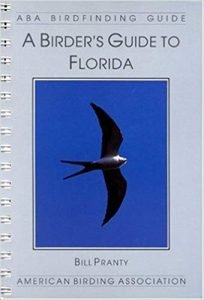Dendrocygna autumnalis
(Black-bellied Whistling-duck)
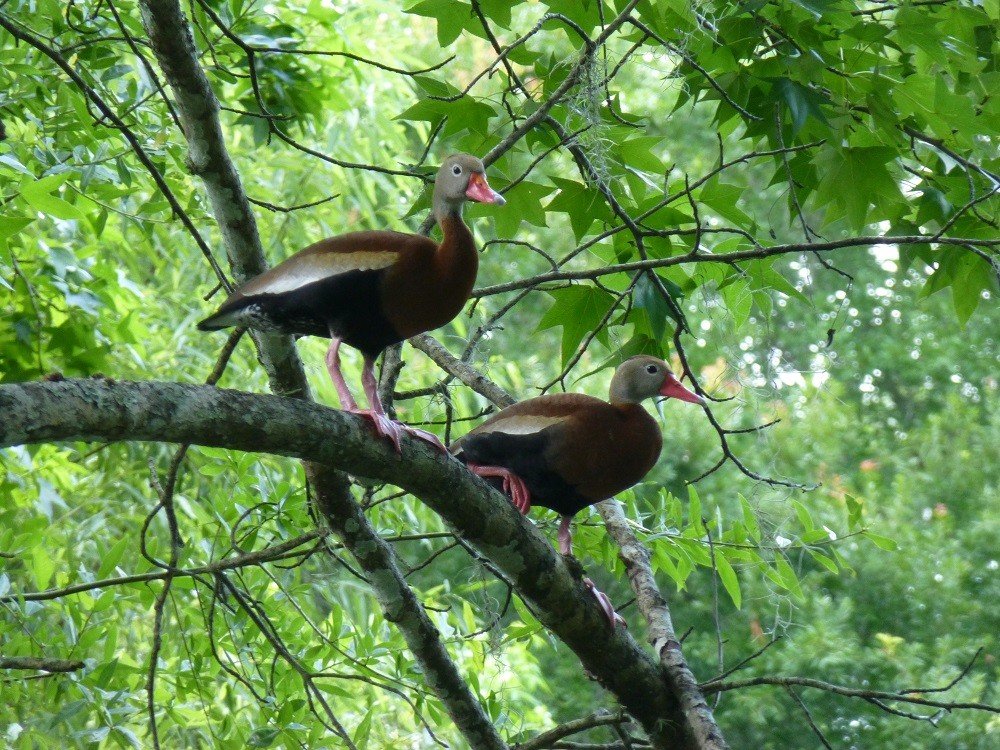
Description
Black-bellied whistling-ducks, Dendrocygna autumnalis, have very long pink legs and a bright red bill and are impossible to miss, or misidentify. They are about 21” in height and weight around one and three quarters pounds. Their heads are gray with a russet colored cap, and a white eye ring. They have a russet colored breast and body, and a black belly and wing tips. Their wings have large white patches that are most predominant in flight, but a band of white is clearly visible when their wings are folded. Their bodies are sleek and compact and they have mannerisms closer to geese than ducks. Actually their behavior is similar to ibises in that they forage around the edges of ponds or wetlands in shallow water and mud and otherwise find a nice wide live oak limb to perch on and preen and rest.
Behavior
They are considered nocturnal by nature and do most of their feeding, and flying, at night. However, they are active during the day searching for food and preening while perched in the trees surrounding their feeding grounds.
Black-bellied whistling-ducks are very vocal on the ground and in the air. On the ground they are in constant communication with each other through small whistles and peeps. During flight they make very loud whistles to communicate with each other. A large flock going overhead can be startling with all of the noise they make talking to each other. Flocks are most active at night moving between feeding grounds.
They are very strong filers and can be heard calling overhead during the night on flights between feeding grounds within their territory. They don’t migrate, but rather move within central florida in large flocks that can be heard before they are seen.
They are found in southern California, Mexico, Texas and Central Florida. First discovered as a small flock in the early 1980’s southeast of Sarasota … they are believed to have dispersed from Mexico or Texas and have been colonizing Central Florida since. [1]
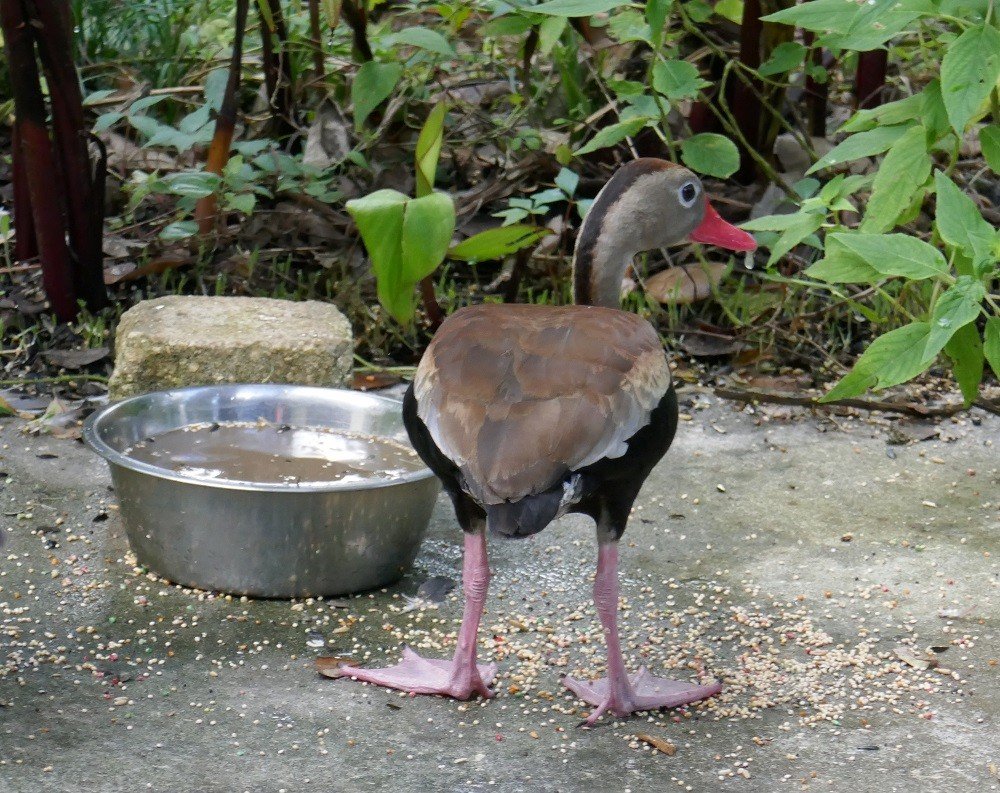
Habitat
Black-bellied whistling-ducks are found in wetlands. Their preferred habitat is freshwater ponds or seasonally flooded areas with vegetation where they can forage, and raise their young, if they are a breeding pair. They can be found around human habitation foraging in agricultural fields of grains, golf courses, and residential areas with swales or other wet areas.
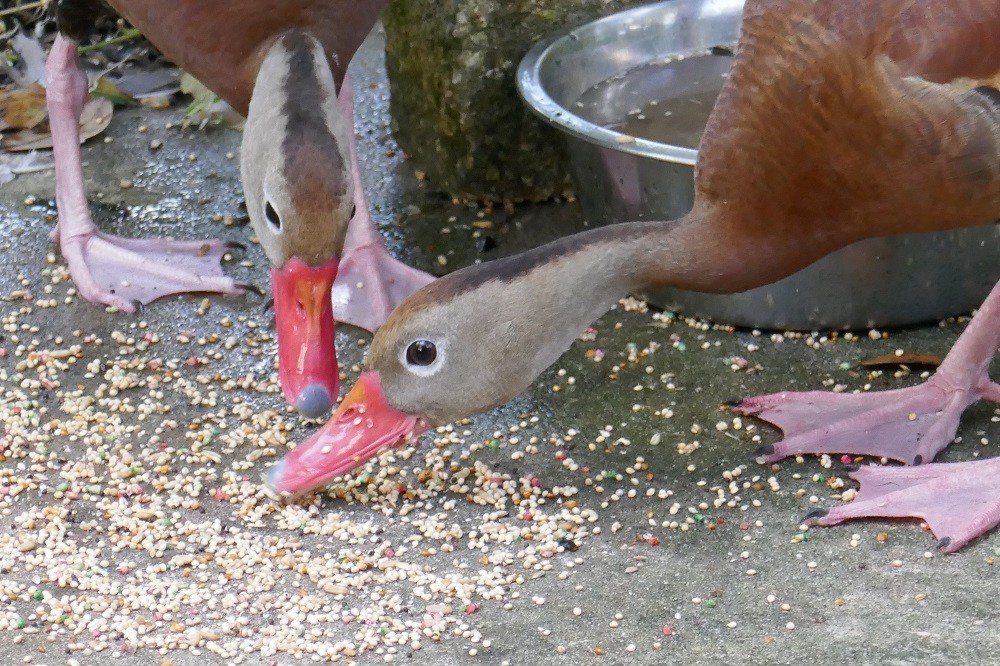
Food
Black-bellied whistling-ducks eat primarily seeds, but also eat snails, spiders, and aquatic insects. Actually anything small enough to fit into their bills is okay with them. They are especially fond of foraging in agricultural fields of grains and will visit feeders to eat food like millet and cracked corn. They feed near water and really appreciate a water dish near their feeding area.
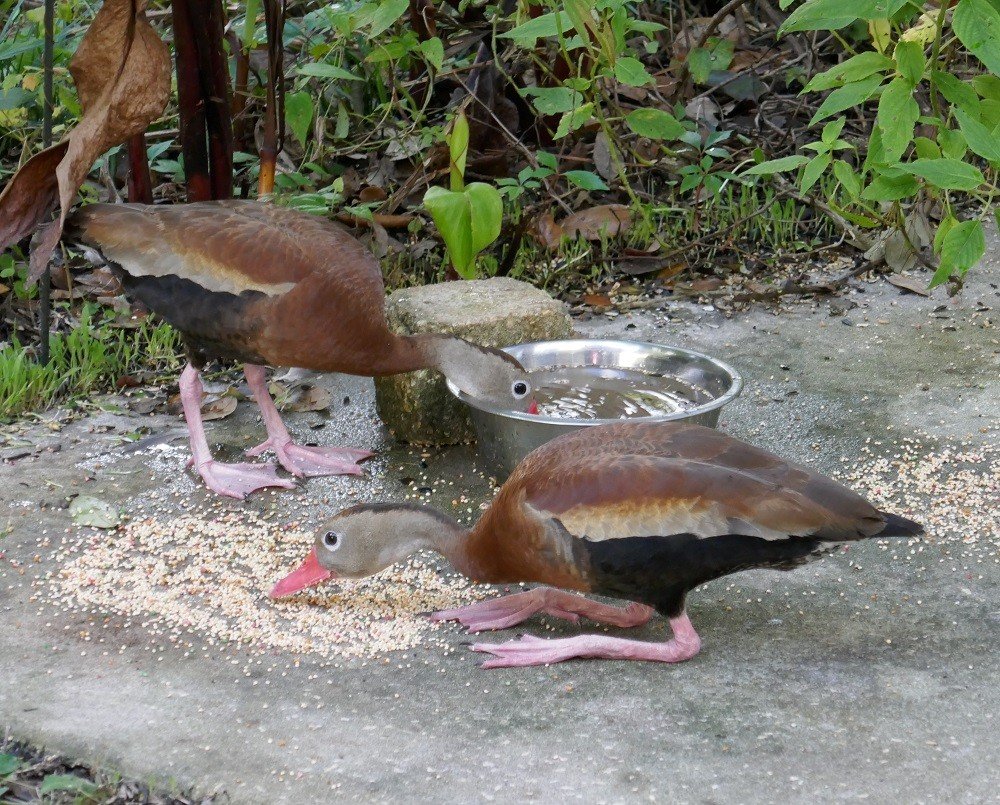
Nesting and Young
Black-bellied whistling-ducks are monogamous and mate for life. They nest in marshes, wetlands, open forests and the edges of ponds and streams. They nest in tree cavities and will use nest boxes. They also nest on the ground in reeds and grasses if there are no predators present in the habitat. They nest near water, but it’s not essential that the nest be located in, or above, water. The male and female both participate in picking out the nest site.
Once the clutch is complete, and all the eggs have been laid, about 9-18 in total, incubation by both parents begins. This is unusual for waterfowl because the males of this family do not generally incubate eggs. Incubation lasts for 25 – 30 days. The eggs hatch over several days and the ducklings stay in the nest for up to a day before they all leave the nest together, with coaxing by the soft calls of their parents. Once the brood leave the nest and are all accounted for, the family moves off to a water source, if not already in one, to forage for food.
Ducklings are precocial which means they can stand, walk, and feed themselves, soon after hatching. Even though they are precocial they still stay with their parents for up to six months. The ducklings are black and yellow striped which provides them with good camouflage as they grow and learn to be ducks. They eat seeds, aquatic plants, invertebrates, spiders, and insects in and around the water moving through the area with their parents. Black-bellied whistling-ducks stay together as a family unit for about six months.

